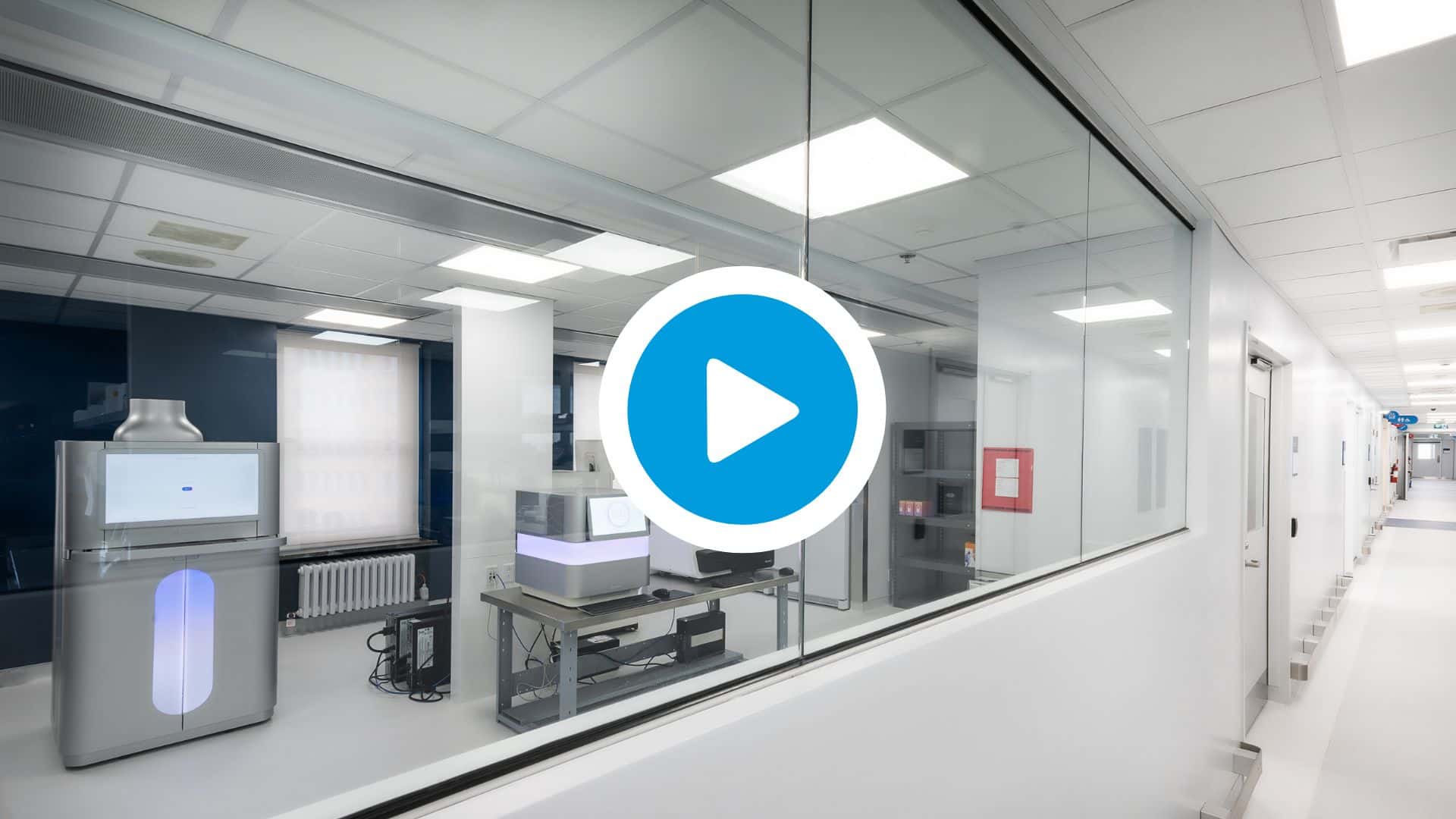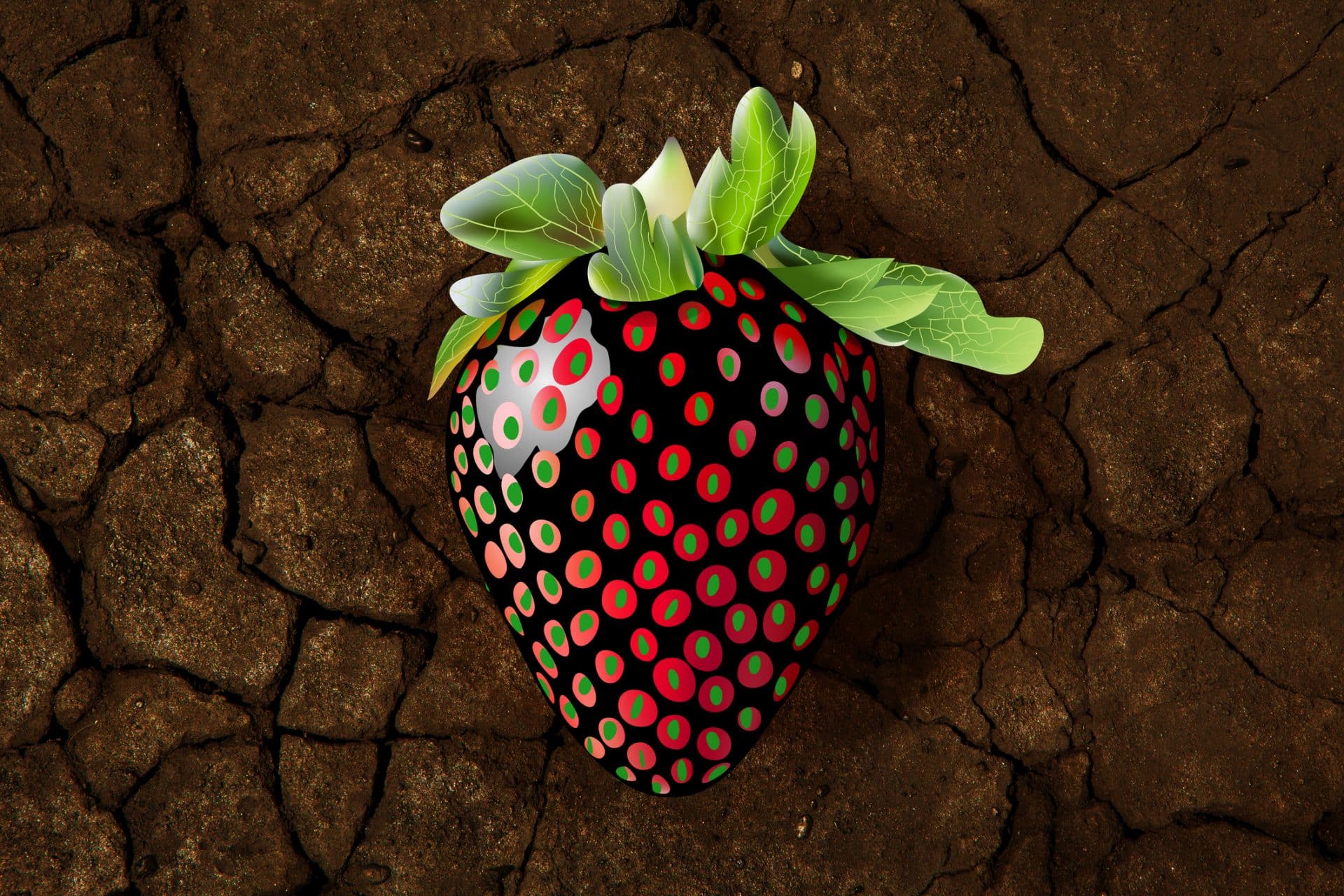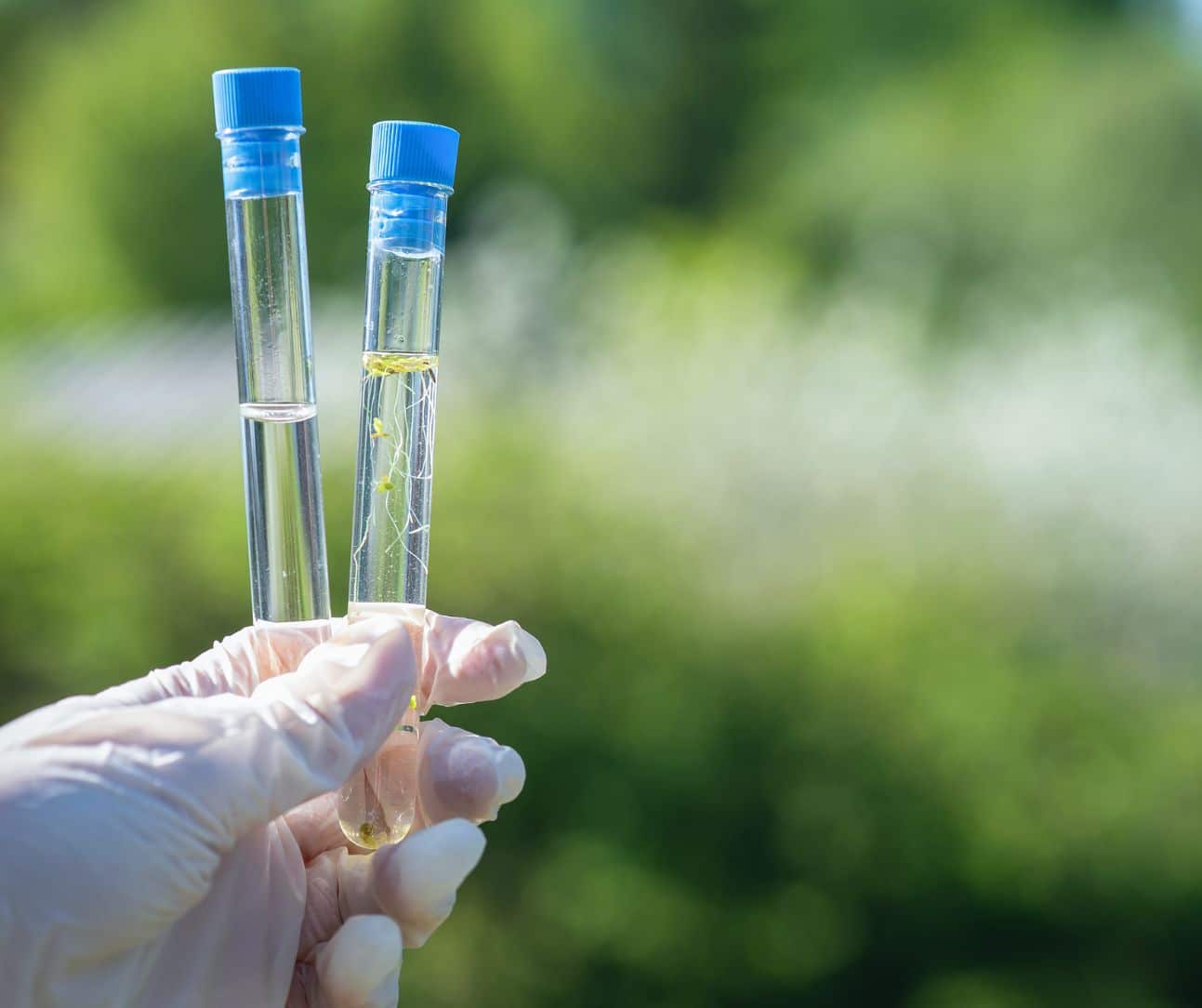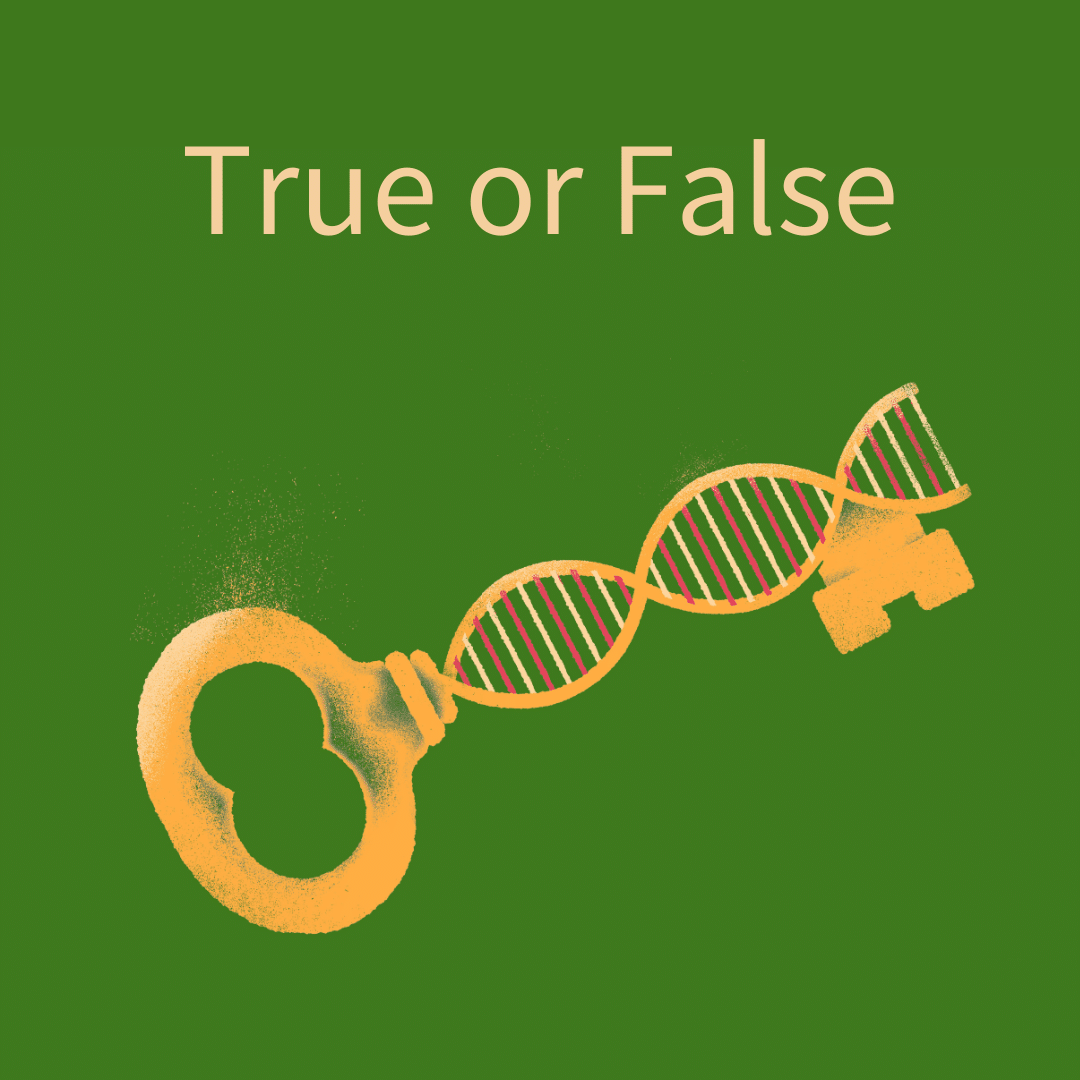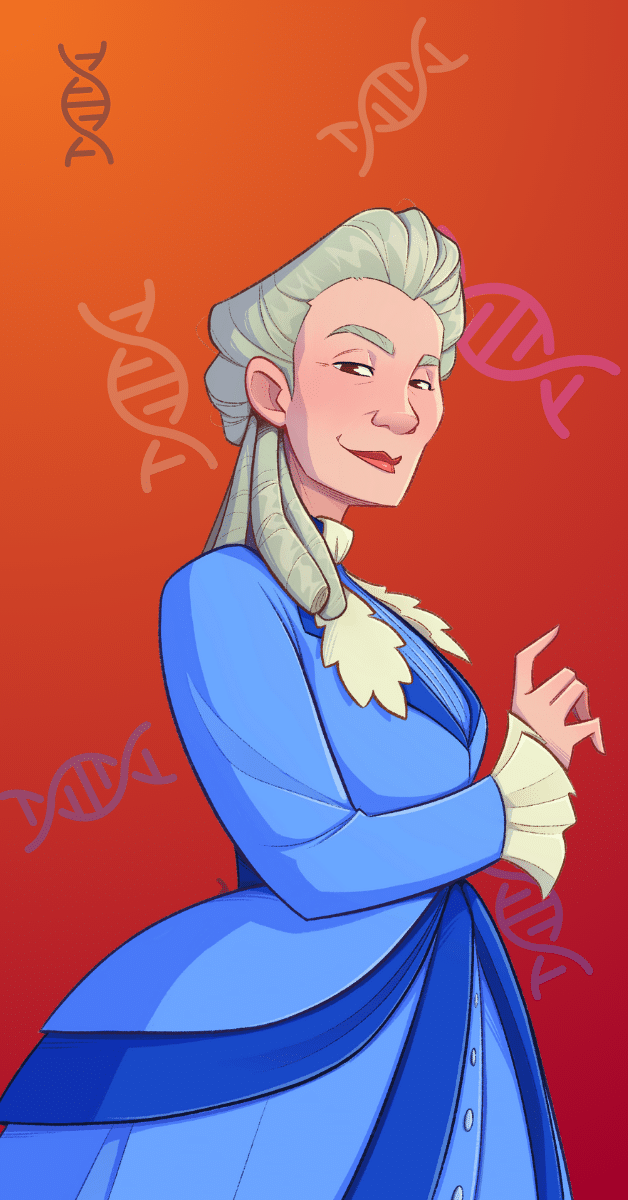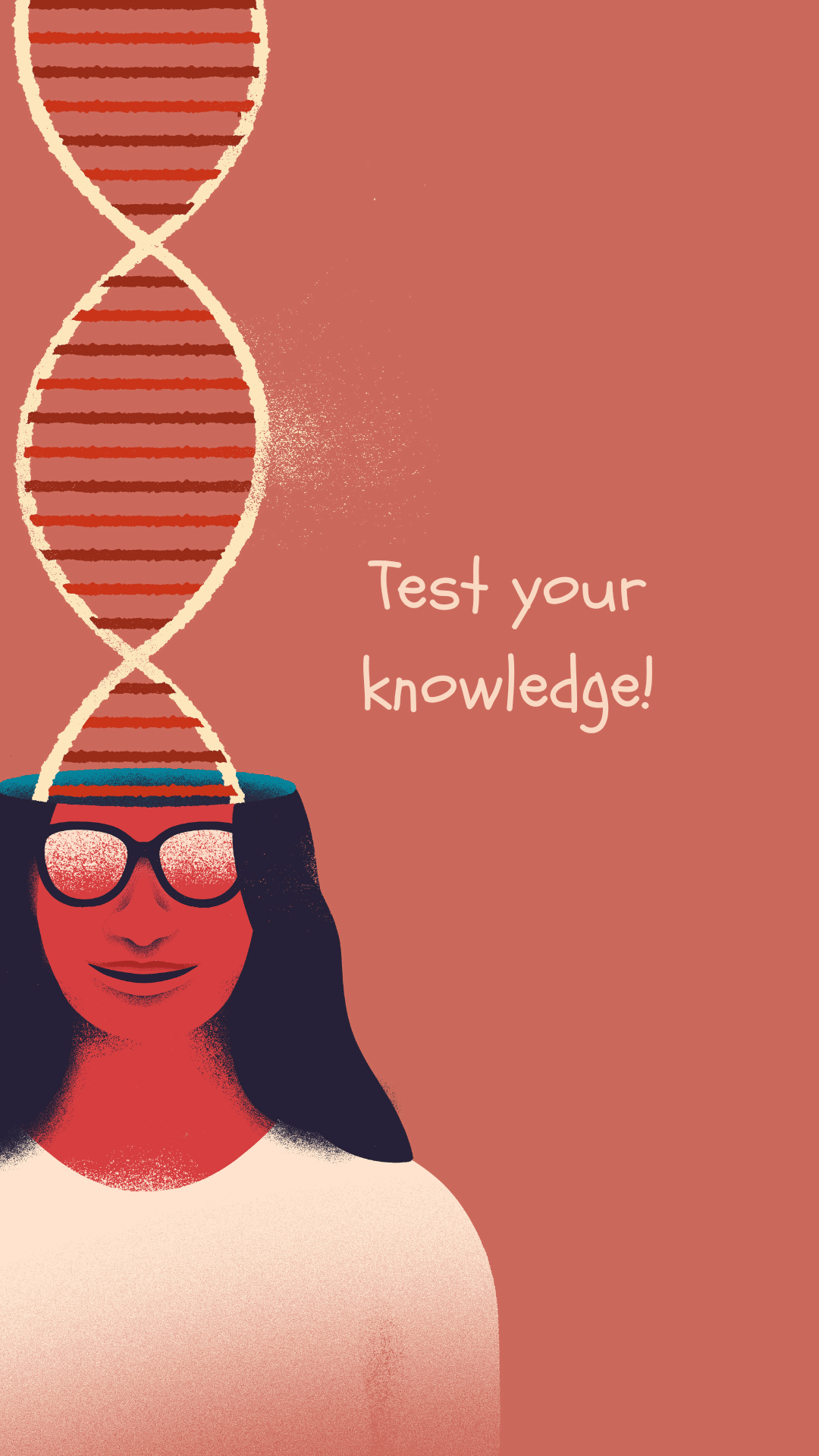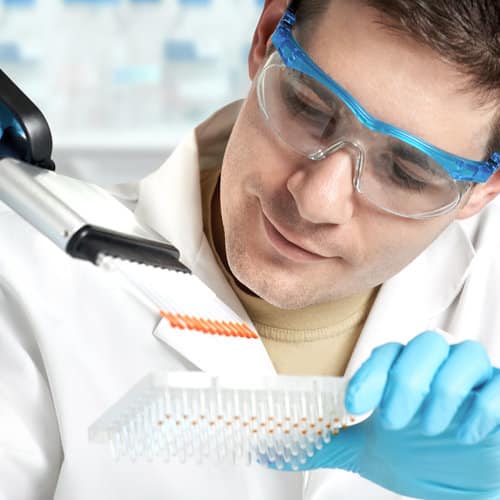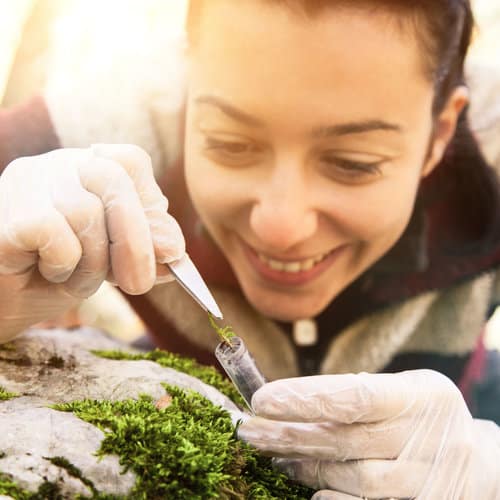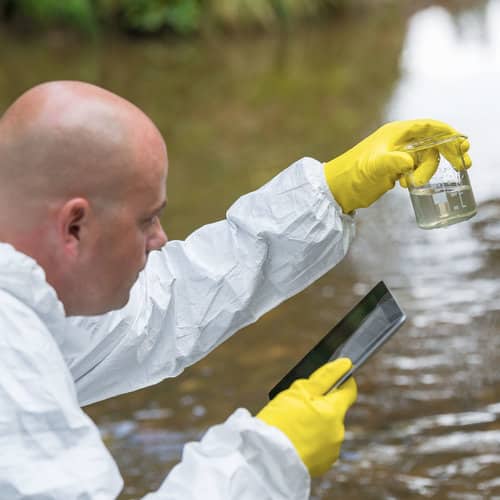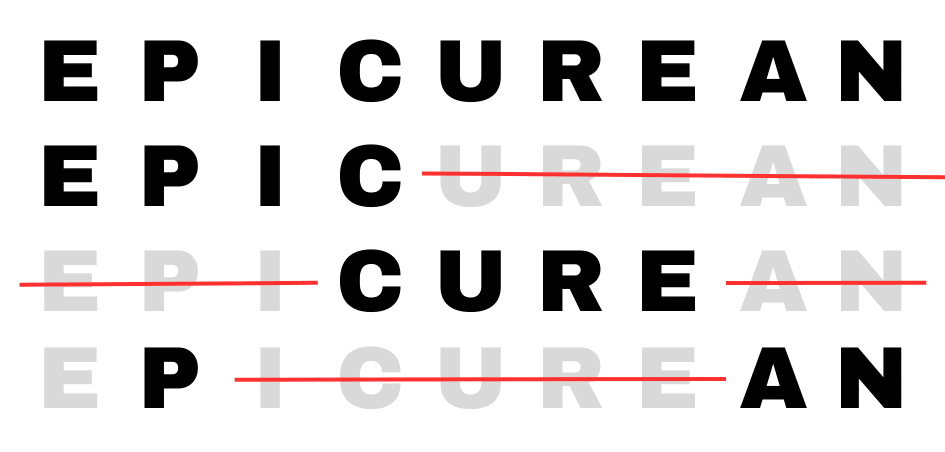Mutations: Driving biodiversity
Mutations are permanent changes to one or more nitrogenous bases in a DNA sequence. These genetic changes may be harmful or beneficial or may have no consequences for the organism.
Mutations in the DNA sequence always occur randomly. However, beneficial mutations that give the organism a better chance of survival are more likely to be passed on to the next generation. This is how species evolve and adapt to changes in their environment.
Mutations affecting a single nitrogenous base are very common. They’re called point mutations and they come in three categories:
| Point mutation | This common type of change involves a single pair of nitrogenous bases |
| Substitution | One nitrogenous base is replaced with another |
| Insertion | An additional nitrogen base is inserted into the DNA sequence |
| Deletion | A base is deleted from the DNA sequence |
- Substitutions can lead to a change in amino acid in the encoded protein.
- Insertions and deletions create frameshifts by changing how codons are read, which disrupts the amino acid sequence and often produces a non-functional protein.
Mutations are also described according to the effect they produce.
| Silent mutations | These mutations cause no change in the final protein, as the amino acid in question can be encoded by different codons. |
| Nonsense mutation | These mutations create a premature stop codon. The resulting proteins are incomplete and generally non-functional. |
| Missense mutations | These mutations create a different amino acid in the final protein. |
| Other mutation types | These mutation types involve more than one pair of nitrogenous bases |
| Tandem repeat mutations | These mutations increase or decrease the number of repeats of a specific sequence of nitrogenous bases. |
| Chromosomal rearrangements | These changes in the structure of chromosomes can disrupt normal gene function by putting genes under the control of incorrect regulators or changing their expression. |
- Breakdown in natural DNA repair mechanisms.
- Exposure to mutagens such as toxic chemicals (e.g., in cigarettes), viruses and UV radiation from the sun.
- Errors introduced during the DNA replication or genetic recombination that occurs during sex cell formation.
Cancer
Cancer is a disease characterized by the uncontrolled growth of abnormal cells in the body. The genetic mutations behind cancer change the mechanisms that control the cell cycle and apoptosis (programmed cell death) and allow cells to grow out of control and never die. These cells constantly divide and form tumours, which can then invade and harm the body’s tissues.
Understanding mutation mechanisms is therefore a vital part of cancer research. Identifying the specific types of mutations in cancer cells and understanding their causes lets researchers develop targeted methods to treat different types of cancer.
The study of genetic mutations has important implications for many other fields, such as evolution, developmental biology and research into hereditary diseases.
Mutation and evolution
Mutations are important from an evolutionary standpoint because they give rise to genetic diversity. Every mutation creates a new, unique version of a gene. If a mutation occurs in a sex cell, it can be passed on to the organism’s offspring.
When beneficial mutations give an organism an advantage in its specific environment, the organism is more likely to survive and reproduce. The frequency of a beneficial mutation that increases in a population over multiple generations is known as natural selection, a key concept in Charles Darwin’s theory of evolution.
Natural selection also tends to weed out mutations that hinder the survival of an organism, as individuals carrying these mutations will be less likely to reproduce and pass them on to their children.
Generation length is an also important factor in an organism’s ability to adapt to a changing environment. Organisms with shorter life cycles can potentially evolve faster, as they have more opportunities to generate offspring that carry beneficial mutations.
Evolution is therefore driven by the tension between mutations, which create genetic diversity, and natural selection, which acts as a “filter” that promotes beneficial mutations and hinders non-beneficial ones. This ongoing process of mutation and natural selection is how populations adapt, how they evolve over the long term, and how new species emerge.
Biotechnology
What is biotechnology?
Biotechnology is the study of living organisms to develop technologies that are useful to society. There are applications for biotechnology in many fields, such as medicine, agriculture, engineering and the environment.
Transgenic organisms are created through genetic engineering, a technique that allows scientists to insert the genes of one species into the genome of another to modify certain traits. A transgenic organism therefore carries a gene from another species in its genome. For example, agricultural crops that require fewer pesticides can be engineered using a gene for resistance to certain pathogens.
CRISPR-Cas9 is used as “molecular scissors” to add, remove or change target genes. Scientists adapted this gene-editing technique from an immune defence mechanism in bacteria and archaea as a way to cut DNA using Cas9 proteins. Guide RNA sequences accompany and direct the Cas9 proteins to specific genes. Once CRISPR-Cas9 binds to its target, it cuts the DNA, which triggers the cell’s natural repair mechanisms, which modify or replace the existing gene.
Some body tissues, such as those in the spinal cord, don’t repair themselves if damaged. In such cases, stem cells can be reprogrammed to trigger the repair and regeneration of the affected tissues.
Embryonic stem cells are cells from an early‑stage embryo that differentiate into all types of cells in the body (muscle cells, epithelial cells, etc.). Although their regenerative potential is immense, their use raises ethical questions since the cells are extracted from embryos.
Scientists can also use cell reprogramming techniques to transform cells that have already differentiated—such as skin cells—into stem cells that can change into other cell types. These cells are called induced pluripotent stem cells.
Cloning is a technique to create an organism that is genetically identical to another. A famous example is Dolly, a sheep that was cloned in 1996. Learn more about Dolly here: DOLLY – Britannica
Ethical issues
Biotechnology opens up a world of possibilities. However, it also raises ethical questions about human responsibility and respect for life.

